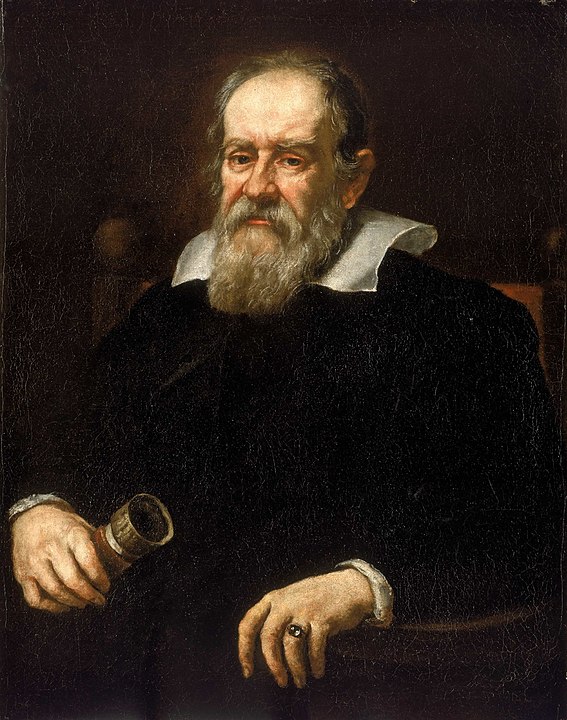
Io is one of the four moons of Jupiter that was discovered by Galileo Galilei in 1610 (Montana State University, n.d.). Therefore, Io is one of the four Galilean moons of Jupiter.
Galileo’s discovery of Io and the other three Galilean moons helped lead to the understanding that the planets revolved around the Sun (NASA, In depth 2021). These moons were also the first moons, other than the Earth’s, to be discovered (NASA, In depth 2021).
Galileo found Io along with the other three moons by observing Jupiter and the surrounding area with the telescope that he built with an increased level of magnification. Originally, Galileo expected the moons to be stars, but discovered that he was wrong after realizing that the objects moved differently than the other stars. Not only did Galileo discover that these where moons, but he also helped confirm the theory that most objects in space did not revolve around the Earth. (Mars, 2020)
Something interesting about Io and the other Galilean moons is that they originally had completely different names. When Galileo discovered them, he named them I, II, III, and IV in the order of distance from Jupiter (Mars, 2020). In the mid-1800s, the moon got the names we know them by today to make referring to the many, many moons that we are finding in space simpler (NASA, In depth 2021).
Io. Io handout. (n.d.). Retrieved October 30, 2022, from https://btc.montana.edu/ceres/html/ExtremeEnvironment/ExtremeIo.htm
Mars, K. (2020, January 7). 410 years ago: Galileo discovers Jupiter’s moons. NASA. Retrieved November 1, 2022, from https://www.nasa.gov/feature/410-years-ago-galileo-discovers-jupiter-s-moons
NASA. (2021, July 19). In depth. NASA. Retrieved October 31, 2022, from https://solarsystem.nasa.gov/moons/jupiter-moons/io/in-depth/